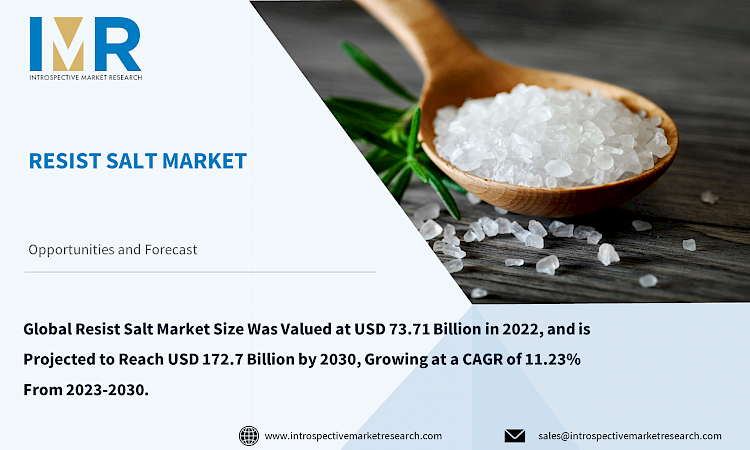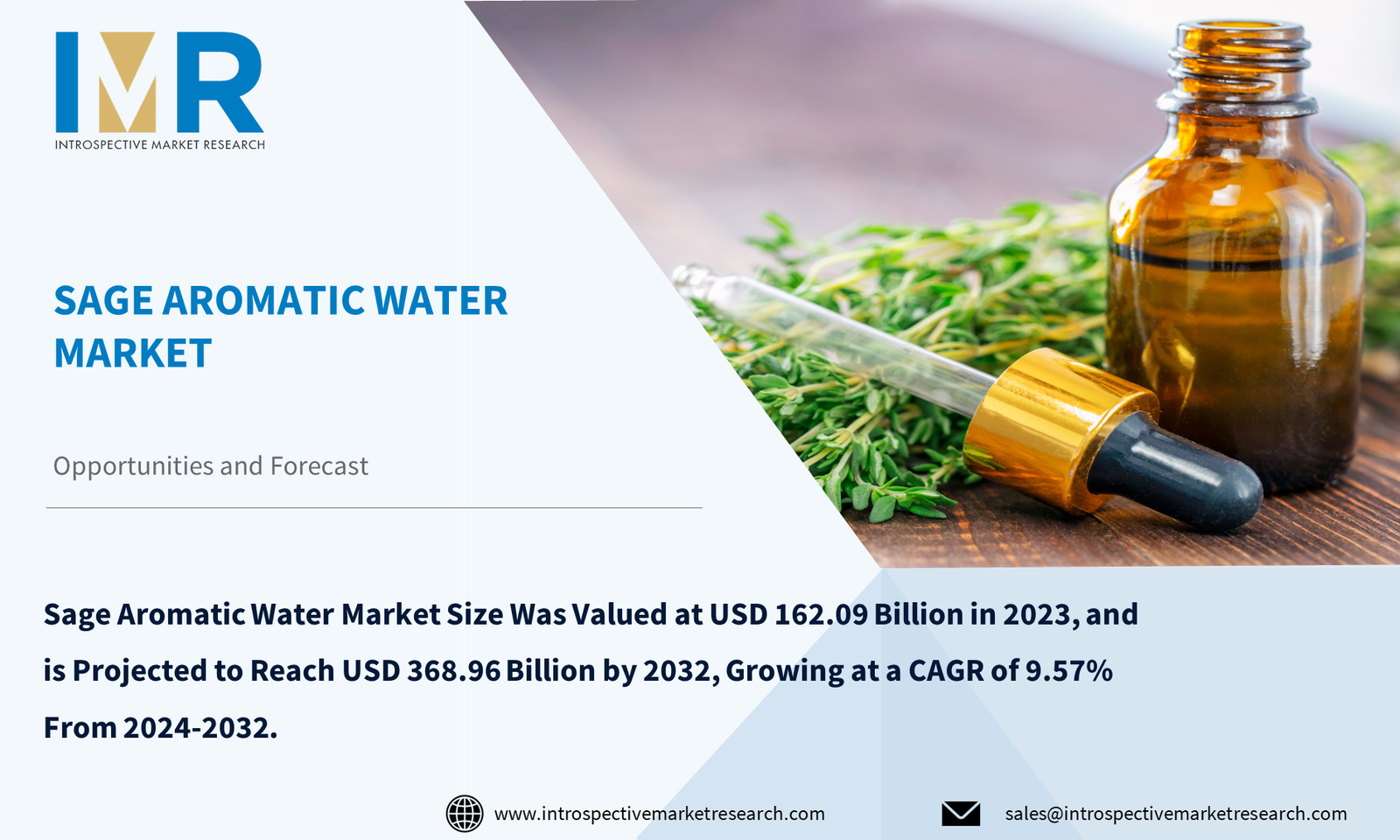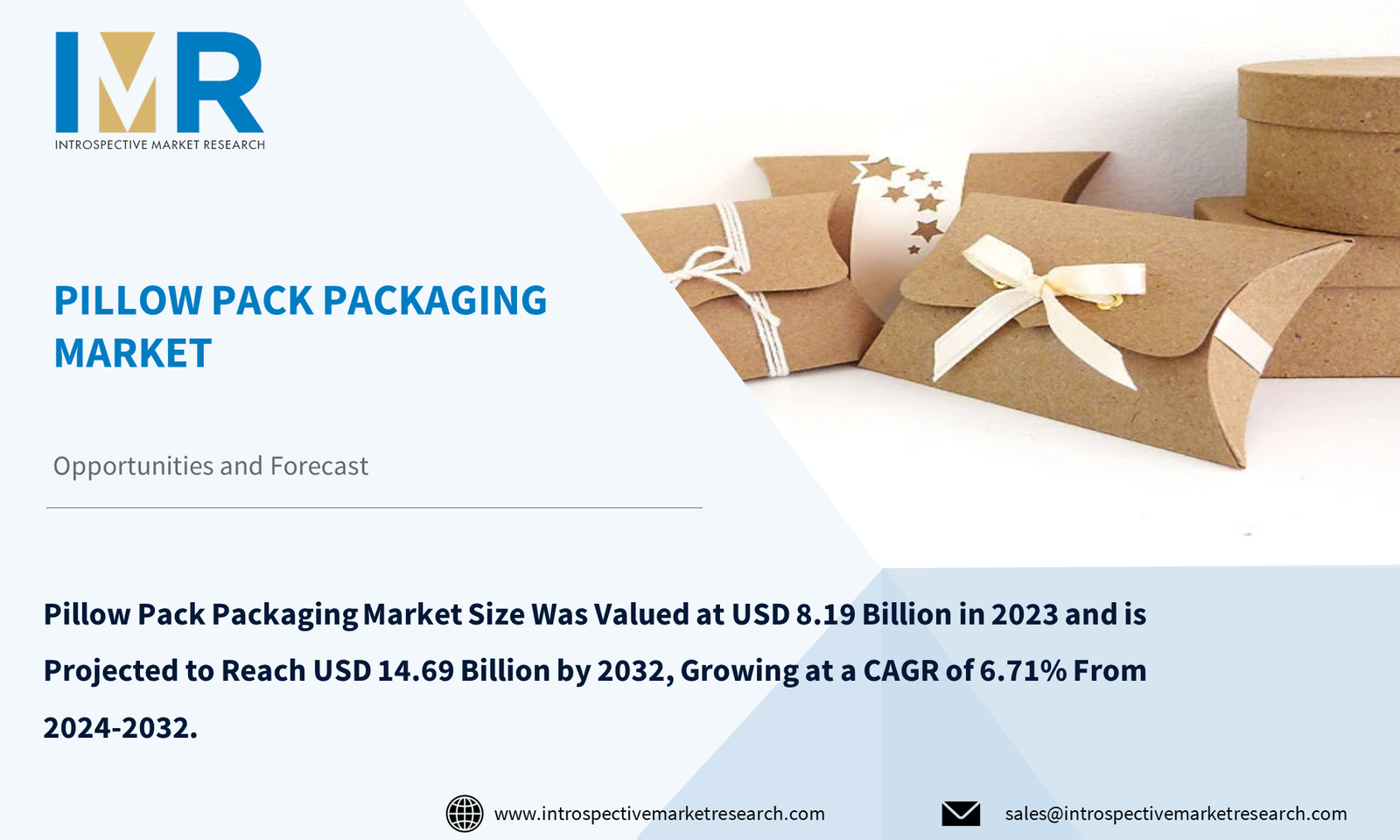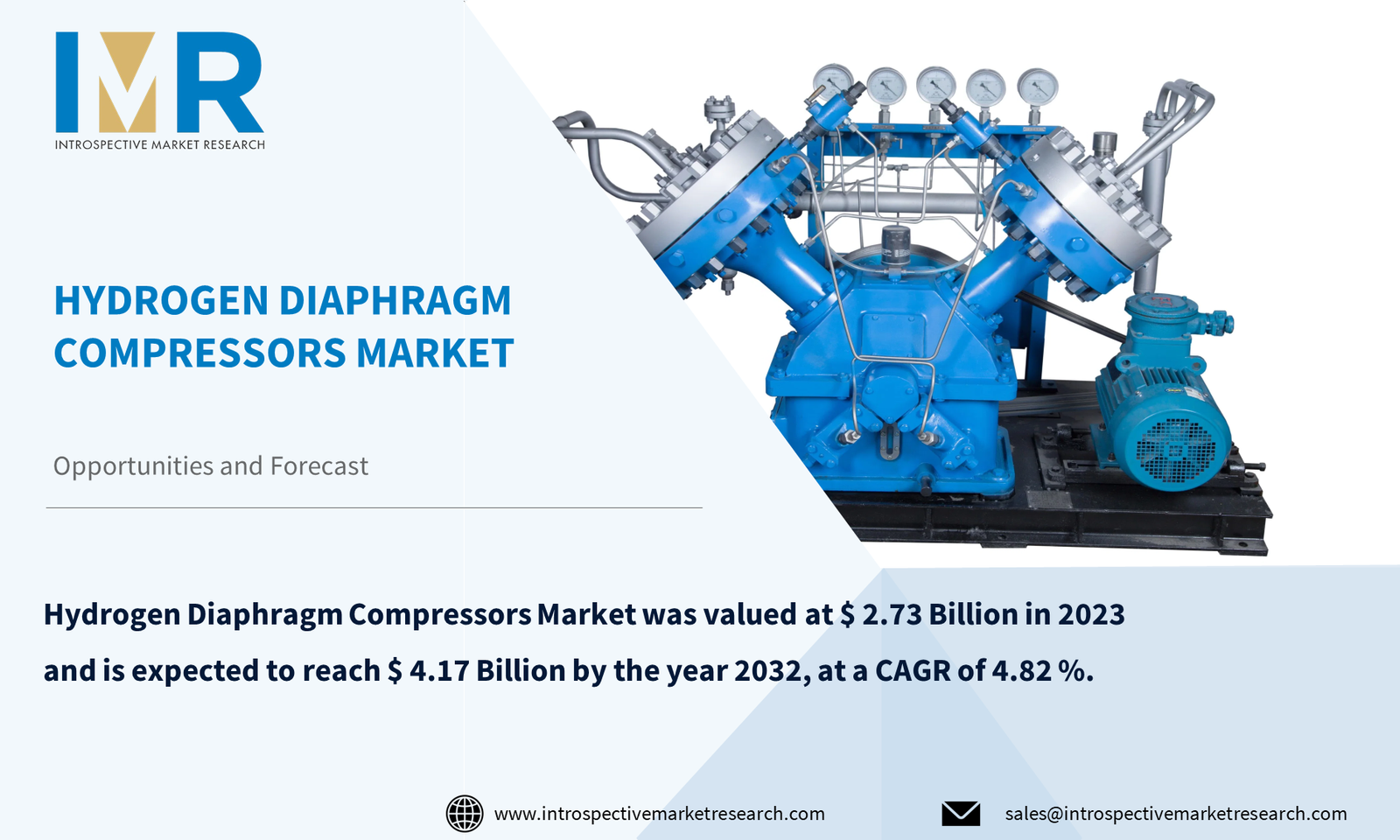Market Overview:
Global Resist Salt Market Size Was Valued at USD 73.71 Billion in 2022, and is Projected to Reach USD 172.7 Billion by 2030, Growing at a CAGR of 11.23% From 2023-2030.
Resist salts are frequently used to salt textiles with patterns, as a dye intermediate, a mild oxidizing agent for electroplating, a supportive agent for printing fabrics, and as a preservation element in the food processing and production industry. According to the desires and uses of the customers, resist salt is available in a variety of granular sizes, including 96%, 80%, 75%, 50%, and 30%. To produce a positive charge in cotton, the textile industry uses resist salts for cationization. Once bleached in a mildly acidic bath, the treated cotton creates positive sites for protonation inside the amino. Salt concentration acts as a reactive substance for dyes on textile materials after the dyeing process is complete, which is necessary to demonstrate the fabric's upright colorfastness, wash fastness, and rubbing fastness.
Top Key Players for Resist Salt Market:
- Alliance Organics LLP (India)
- Haining Hongcheng Chemical Auxiliary Company Limited (China)
- Shanghai Dearborn Company Limited (China)
- Chemicals Private Limited (India)
- Qingdao Future Group (China)
- Shree Ram Chemicals Industries (India)
- Shandong Qishing New Materials Company Limited (China)
- Archroma (Switzerland), and Other Major Players
Market Dynamics and Factors:
The global resist salts market has seen a significant increase in sales as a result of the dye industry's rapid expansion. Numerous leading manufacturers are launching a variety of textile products that make use of a variety of dyes in response to the constant expansion of the competition. This, in turn, increases demand for resist salts to apply particular patterns to textiles, which has become the primary driver of the resist salts market's expansion. A rise in the production of food and beverage products, which is thought to be a major driver of the resist salts market, resulted from high demand in the food and beverage industry. In the industry that makes packaged foods, there is a lot of demand because resisting salt is used a lot in processed foods and is the key ingredient in some food preservation.
Opportunities in the burgeoning global textile manufacturing hubs are provided by resist salt. Due to the increasing demand from the most populated areas, the textile sector is predicted to expand quickly. The present center for textile production and dye processing is Asia Pacific. China, Bangladesh, and India are some of the biggest producers of textiles in the world, accounting for more than half of the worldwide textile market. Additionally, these nations are generating a significant amount of demand for resist salt to meet the needs of the textile industry. Due to their affordable labor costs and wealth of resources, Vietnam, Cambodia, and Indonesia are the most popular locations for western businesses to outsource their textile manufacturing. This has led to a profitable market for resist salt.
The Report Will Include A Major Chapter
- Patent Analysis
- Regulatory Framework
- Technology Roadmap
- BCG Matrix
- Heat Map Analysis
- Price Trend Analysis
- Investment Analysis
Key Industry Development:
- In October 2023, Ingredion: Launched "Ingredion® PURE Potassium Chloride, a food-grade potassium chloride product exceeding industry standard for purity, catering to food manufacturers seeking high-quality resist salt for low-sodium meat and poultry products.
- In April 2023, Morton Salt has introduced a game-changing product with the launch of "Morton® Lite Salt Plus Iodine," a innovative low-sodium salt blend crafted to meet the evolving preferences of health-conscious consumers. This unique formulation combines the benefits of reduced sodium with the inclusion of potassium chloride and iodine, ensuring not only a flavorful alternative but also addressing essential nutrient requirements.
Resist Salt Market Report Highlight:
- By Product Type, the product type segment of granular salt holds a dominant position. Granulated salt is widely preferred due to its availability and the fact that it is not processed into fine crystalline powdered salt, which is used for various other purposes. Granular salt is also favored because it is easy to transport without experiencing significant quantity loss during transportation.
- By End User, the resist salt market's end-use segment is dominated by the textile and dye industry. The textile industry uses a lot of resisting salt in the chemical processes of fabrics, especially when dyeing fabrics to mix the dye molecules together in the process. When used in a dye bath, salt causes the dye to completely penetrate the fabric, making the dyeing process of fabrics uniform and simpler.
- The Asia Pacific region is expected to have the highest share of the Resist Salt market over the projected period. The largest textile market in the world is located in the Asia-Pacific area, which also exports textile products internationally.
Central to our report are the company profiles and competitive analysis, providing insights into market players' overview, market role, and operating business segments. We evaluate their financial performance, production volume, sales volume, and sales margin, while highlighting recent market developments. Our market research offers invaluable intelligence and strategic insights to drive informed decision-making. By capitalizing on emerging opportunities and understanding the competitive landscape, our report empowers businesses to thrive in the Global Resist Salt Market.
Resist Salt Market Segmentation:
By Product Type
- Crystalline Powdered Resist Salt
- Granular Resist Salt
- Wet Resist Salt
By End User
- Textiles & Dye Industry
- Printing Fabrics Industry
- Food Products Industry
- Electroplating Industry
For this report, Introspective Market Research has segmented the Resist Salt Market based on region:
Regional Outlook (Revenue in USD Million; Volume in Units, 2023-2030)
North America
- US
- Canada
- Mexico
Eastern Europe
- Bulgaria
- The Czech Republic
- Hungary
- Poland
- Romania
- Rest of Eastern Europe
Western Europe
- Germany
- UK
- France
- Netherlands
- Italy
- Russia
- Spain
- Rest of Western Europe
Asia Pacific
- China
- India
- Japan
- South Korea
- Malaysia
- Thailand
- Vietnam
- The Philippines
- Australia
- New Zealand
- Rest of APAC
Middle East & Africa
- Turkey
- Bahrain
- Kuwait
- Saudi Arabia
- Qatar
- UAE
- Israel
- South Africa
South America
- Brazil
- Argentina
- Rest of SA







